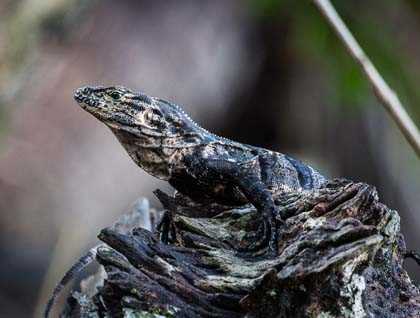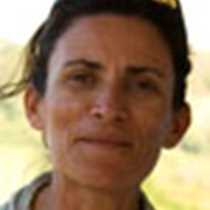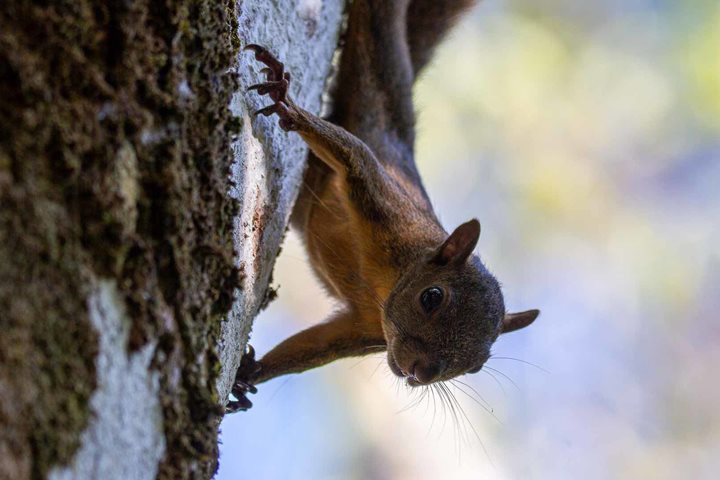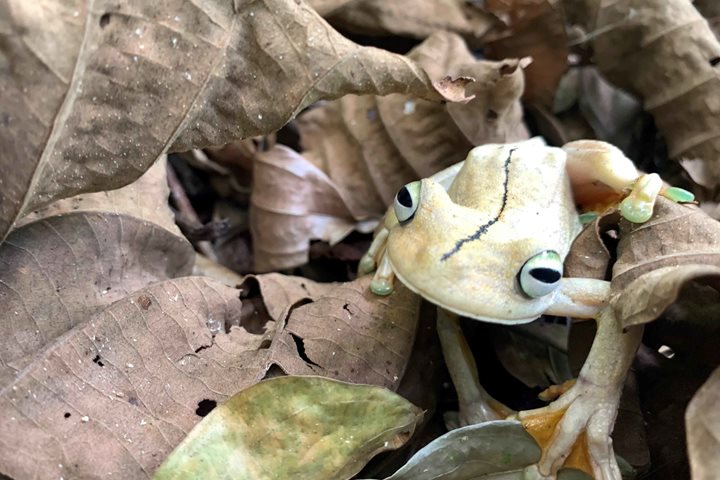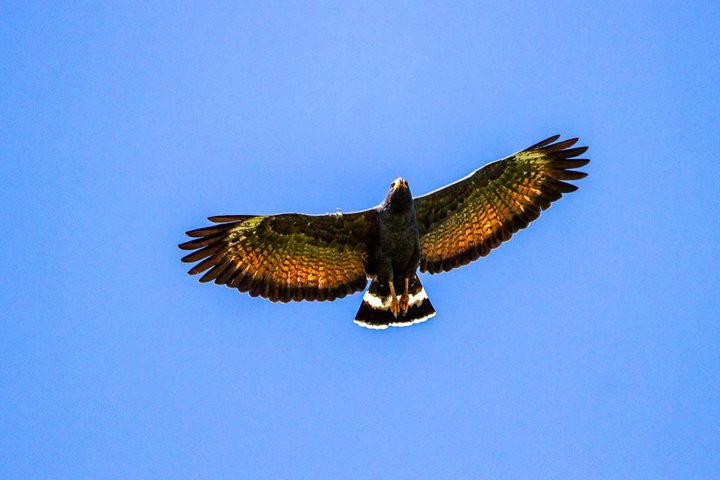As the sun shyly rose behind the cloud-covered hills, dawn found us approaching the small bay of Playa Espadilla Sur in Manuel Antonio National Park. On the Central Pacific Plain’s coast and only three or four hours south of San Jose, this is the most visited national park in the country. With its beaches as its main attraction, the park also holds a good number of wildlife that is very habituated to people; hence a photographer’s dream come true. While still wild, these animals are not afraid of humans and are happy to pose at close distance for us.
Nevertheless, the most interesting and somehow unattended feature of the park is its geomorphology. In this park, four geomorphological units can be distinguished. First the tombolo, or sandy isthmus created by sedimentation between Punta Catedral and “the continent.” The second one is the Puerto Escondido blow hole, the third is Serrucho Point, a beautiful cliff with a very irregular shape similar to a saw (serrucho in Spanish), and finally the fourth one is the underwater turtle trap of Pre-Columbian origin located at the western end of Manuel Antonio Beach.
Early today, all of us went ashore under quite an unexpected shower of warm rain. Twenty minutes later it was over, but just that little bit of water on us and an overcast sky made our otherwise hot morning very pleasant. Once ashore, we could do one of two things: walk the longer Cathedral Point trail or the flatter Sloth Valley trail. Actually, we had a third option; what one of our naturalists rightly called the “stationary walk” that basically means staying at the beach station. All of the above walks were rewarded with sightings of many animals. White-faced capuchin monkeys leapt from tree to tree along the path in dazzling displays of aerial skill. Slow-moving sloths turned a lazy look at visitors from their high vantage points. Other sights for the morning were spiny-tailed ctenosaur lizards, crab-eating raccoons, mantled howler monkeys, agoutis, black-hooded ant-shrikes, chestnut-backed antbirds, golden-naped woodpecker, and many, many more.
After lunch, some of us decided to go back to the beach and enjoy the last chance for a dip in the Central American Pacific. We weighed anchor in the middle of the afternoon and as we cruised towards our last stop of the week, we spent the later hours of daylight spotting the elusive “green flash” and watching a very young humpback whale calf spy-hopping while its mom guarded it with zeal.

